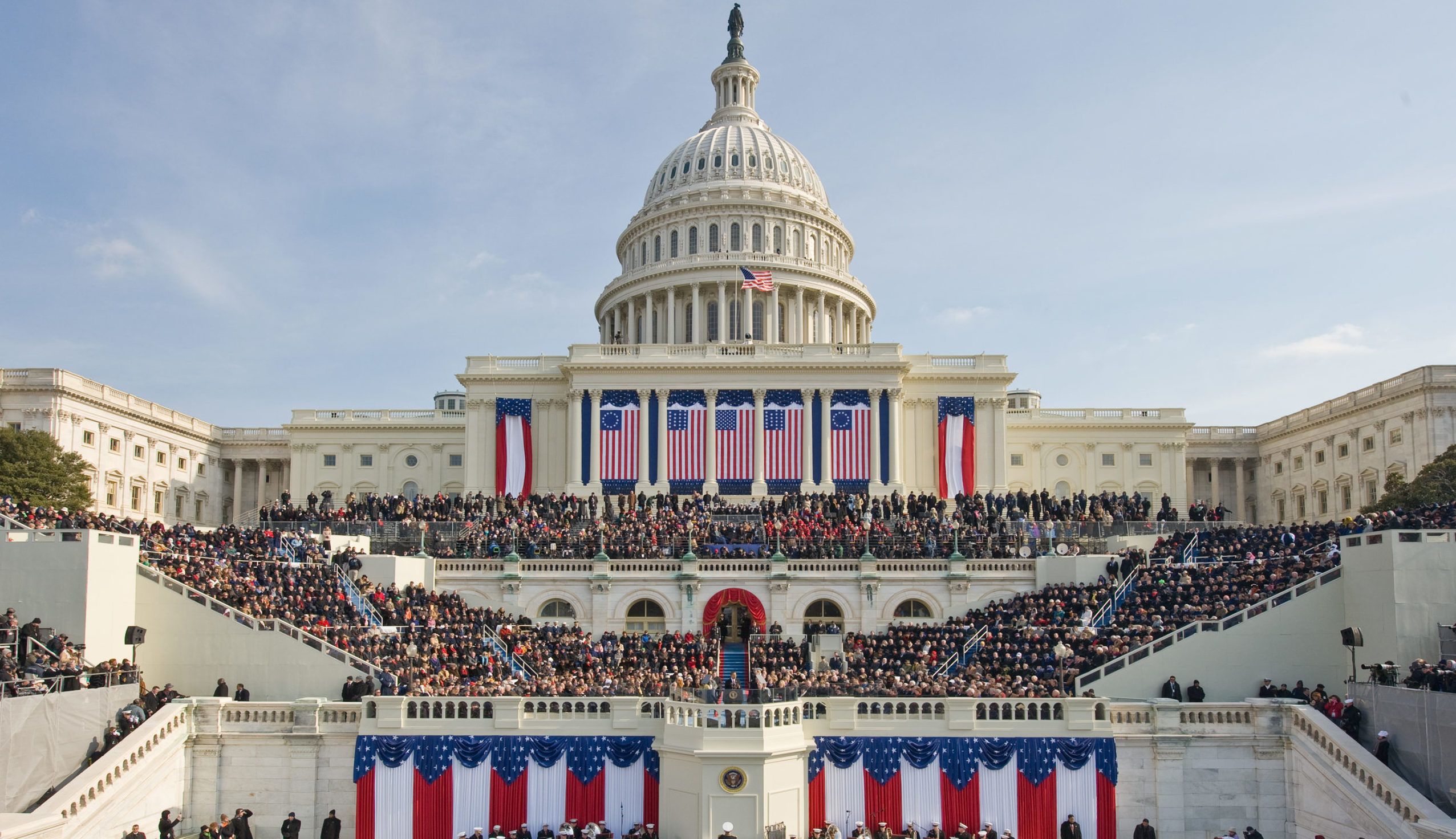Those of you who follow the torrent of mutual mistrust that is American politics may recall an architectural controversy that briefly broke upon the wider maelstrom back in February. The US press reported a leaked draft White House Executive Order to re-orient federal architecture in a classical and traditional direction. American architects rushed to their barricades denouncing ‘political control over political buildings.’ Some complained that the order was fascist and, indeed, that any preference for classical architecture was totalitarian. Architecture had moved centre stage in America’s extreme culture wars.
The Executive Order is back in the news because President Trump has just signed it. Does it matter? The American Institute of Architects, the US equivalent of RIBA, has opposed it “unequivocally” and vowed “to work with President-elect Biden to reverse it.” Maybe the order, like President Trump, only has weeks remaining before it is removed. However, it raises the question: how should the state commission public buildings? Who should make decisions? On what criteria?
First of all, to clear away some arrant nonsense. Architectural styles are not in themselves political. I know defenders of traditional architecture who are left wing, right wing and every wing in between. Ditto, modernism (soulless socialism or corporatism depending on your taste). Or liking cycling (low tax self-determinism versus anti-establishment counter-culture). Greek and Roman society relied on slave labour; medieval society had serfs; Le Corbusier sought work from the quisling French Vichy regime. But that does not mean that anyone who likes a Doric column, a pointed arch or a piloti supports slavery, feudalism or fascism. Different people at different times may choose to imbue certain styles with certain meanings but those meanings are not set in stone. It is the people, not the buildings, which are political.
Canard number two is that only fascist states seek to set out what “style” public buildings should be. Again, demonstrably nonsense. Arguably, Britain’s most famous public building and a symbol of democracy around the world, the Houses of Parliament, was a response to a competition that quite explicitly demanded Gothic or Elizabethan style. It is perfectly reasonable for publicly elected politicians and their servants to set a clear brief for the use of public funds. They have done so for thousands of years. What is novel is abdicating that responsibility purely to designers who tend to have different tastes than the general public. As polling has shown, the results have generally not been popular with the US public who overwhelmingly prefer traditional design (by 72% to 28%).
Despite all this, I confess I am a little nervous about the Executive Order’s stated preference for “traditional and classical” architecture – and not just because I assume Biden will reverse it, potentially starting an architectural style ping pong which cannot be healthy. In a modern culture which is more transparent, less deferential, more democratic than the England of the 1830s which commissioned Charles Barry and Augustus Pugin, we need to involve, and be seen to involve, the public in individual decisions.
The Executive Order is on firmer ground when it states that the US federal government “should seek input from the future users of applicable public buildings and the general public in the community where such buildings will be located before selecting an architectural firm or design style.” I would go further on this point, and not bother having a preferred style. Public buildings should be worthy of their civic purpose, popular and beautiful. To achieve this today needs consent. In any country, the public sector procurement process for new buildings or public realm schemes should state clearly that beauty and popularity with the local population are key elements of the design brief; involve local people in the design through workshops and visual preference polling on design preferences; and seek to make use of the emerging ‘science of place’ on the likely impact of different design approaches on metrics such as resident happiness, air quality and sustainable transport.
Around the world, many of the worst buildings of the last two generations have been commissioned ostensibly on the public’s behalf. However, they have ignored the public and fetishised the fashionable over the healthy, and the gargantuan over the humane. That must change. The best way is by asking the public what they like and where they feel at home.
Nicholas Boys Smith is director of Create Streets and was co-chair of the Government’s Building Better Building Beautiful Commission.










Join the discussion
Join like minded readers that support our journalism by becoming a paid subscriber
To join the discussion in the comments, become a paid subscriber.
Join like minded readers that support our journalism, read unlimited articles and enjoy other subscriber-only benefits.
Subscribe